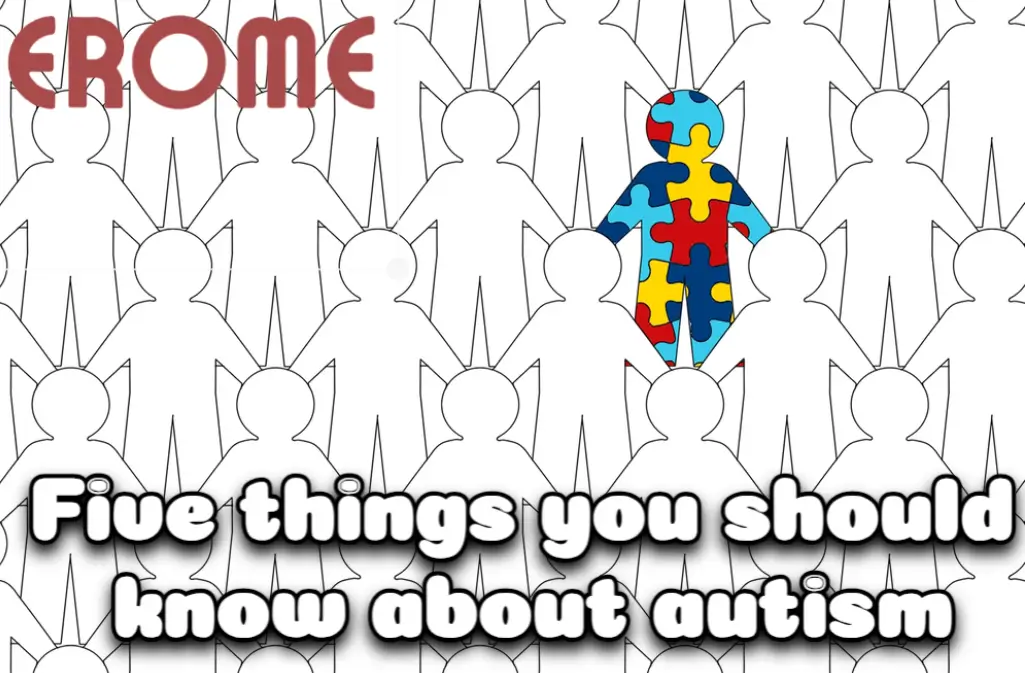Your child has been diagnosed with Autism Spectrum Disorder.”
Scores of Minnesota parents hear those words every year, and often, the person telling them is Amy Esler, PhD, LP, an assistant professor at the University of Minnesota and a psychologist at the University of Minnesota Health Autism Spectrum Disorder Clinic. The clinic is increasingly recognized as one of the nation’s best for diagnosing the condition, and working with children who have it.
The good news: Many people diagnosed with Autism Spectrum Disorder (ASD) can overcome their difficulties and lead joyful, independeant lives.
“It’s not necessarily true that a person with autism will never be able to live on their own,” Esler said. “Outcomes are a lot more positive than they used to be.”
To mark National Autism Awareness Month in April, we spoke with Esler about the five basics everyone should know about the disorder.
What are the common characteristics of autism?
At its core, ASD is an impairment in social interaction and communication skills, Esler said.
Languages delays are often the first symptom of ASD that parents notice in children who are eventually diagnosed with the disorder. Even when children don’t exhibit delays, they may not use words in typical ways. They may repeat language or use words to label objects—but refrain from using those same words in dialogue with people.
Adults with autism who are verbally fluent still struggle with the basics of social interaction—what they should say or do in social situations, or why something is considered ‘polite.’ They don’t naturally pick up those cues in everyday life, Esler said.
What are the suspected causes of autism?
We don’t know a lot about what causes autism. The more researchers learn, the more we realize there’s more we need to figure out, Esler said.
That said, the medical community has identified a number of different factors. We know there are genetic causes; if you have a child with autism, your chances of having another child with autism are 18 to 20 percent. A few chromosomes have been implicated, but some genetic experts say there could be thousands of genes that play a role.
Some forms of autism are likely caused by genetics, but researchers are increasingly recognizing the role that environmental factors may play in the development of autism. Recent studies show environmental stressors may have an effect, especially for children who are already genetically predisposed to autism, Esler said. We also know exposure to lead and mercury may increase the risk of developmental disabilities in children, including autism. Researchers are also looking at whether exposure to other environmental toxins, such as pesticides, is linked to autism.
Is the rate of ASD increasing?
Nationally and internationally, rates have been going up, Esler said. In the latest data, from 2010, one in 68 children were diagnosed with autism, that’s up from one in 88. The Centers for Disease Control tracks that progression.
Most of that is due to changes in diagnostic criteria and improved awareness. But a certain percentage of the increase can’t be easily explained, Esler said.
What are my odds of having a child with autism?
A recent study found that the rate of Autism Spectrum Disorder in Minneapolis is one in 48 children. But many families move to Minneapolis to access the autism services in the region.
Roughly 1-2 percent of the population has autism, according to available research.
What are the early symptoms of autism in children?
Autism progresses gradually and the symptoms can be subtle, Esler said. By age 2, there are usually clear deficits in social interaction and communication.
Around a child’s first birthday, a child may start to display certain repetitive behaviors—such as spending a long time arranging objects. The child may also have unusual reactions to sounds, smells or feel, Esler said. Around 18 to 24 months, children with autism may have difficulty communicating using gestures or speech and may avoid eye contact. They may have repetitive behaviors and obsessive interests, and may become upset when those interests are interrupted.

